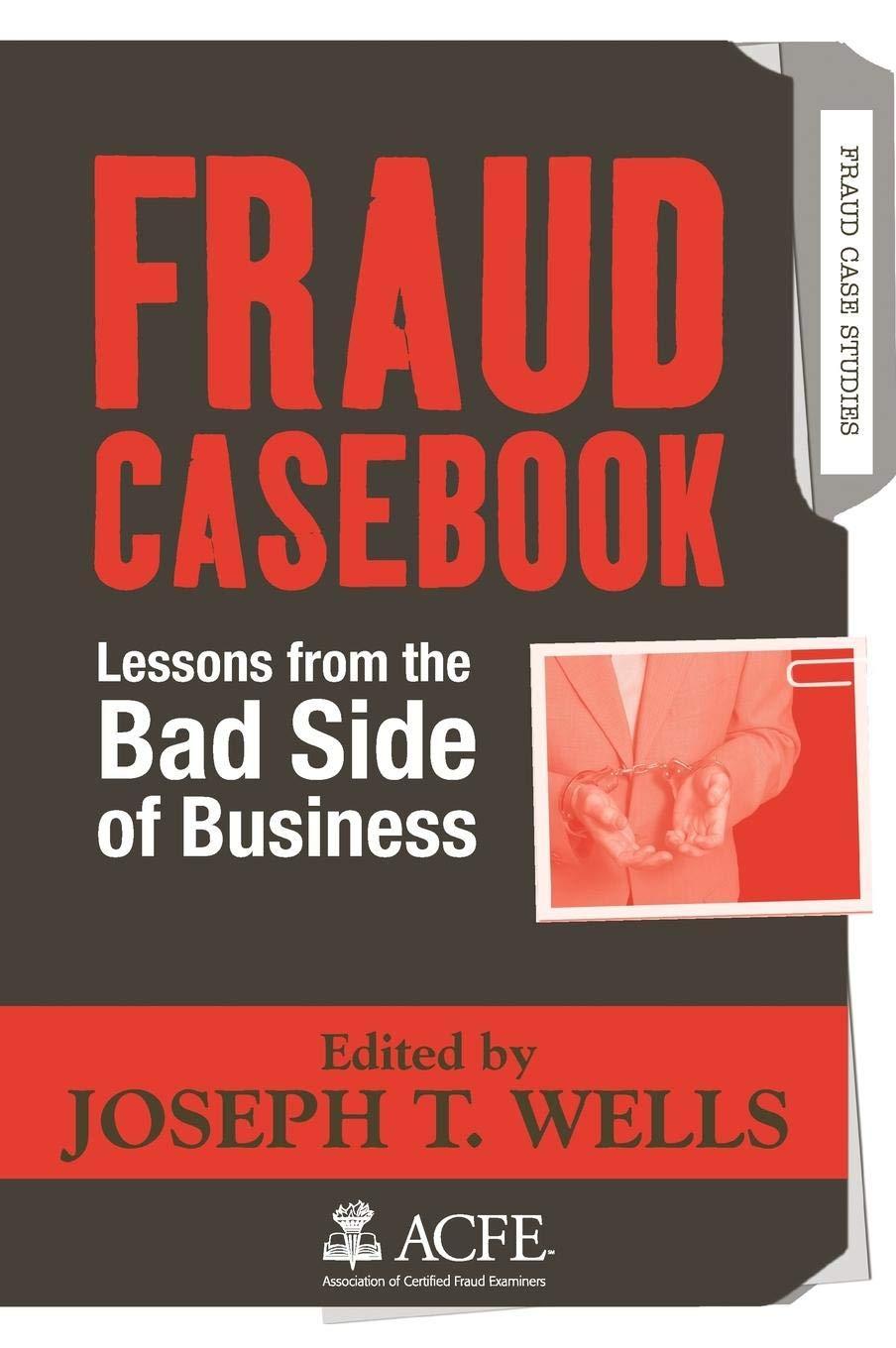Question
1) Last year Justice League Services purchased and installed a new X1600 Wall-E Super-Smasher used in compacting cars, SUVs, and small trucks into 2 cubic
1)
Last year Justice League Services purchased and installed a new X1600 Wall-E Super-Smasher used in compacting cars, SUVs, and small trucks into 2 cubic yards of compacted metal. The X-1600 Wall-E cost $688,000 and had a "useful life" of 6 years. Recently the firm's CEO became aware of a new technology that promised many advantages over the X-1600 Wall-E, including compacting the junk vehicles into 1 cubic yard of compacted metal instead of 2 cubic yards. He asked his CPA to do a financial analysis to determine if a new Super-Smasher called the EVE-1000 could be an economically viable replacement for a Super-Smasher (the X-1600) that was only one year old. The CPA determined that the new technology could be purchased for $900,000 today and would have a useful life of 5 years before it would likely become technologically obsolete and be essentially worthless (the EVE-1000 runs hotter than the X-1600 Wall-E and has a shorter useful life). For depreciation purposes the company uses the straight line method.
Aquaman, the Justice League VP of Scrap Yard Services and the firm's CPA agreed that the new machine could significantly improve production and create higher revenues for the firm. With this information the CPA estimated that the new technology will produce EBITDA (earnings before interest, taxes, depreciation and amortization) of $480,000 per year for the next 5 years.
The current machine is expected to produce EBITDA of $365,000 per year. The current machine is being depreciated on a straight line basis over a useful life of 6 years after which it will have a $28,000 salvage value. All other expenses of the two machines are identical. The market value of the current machine is $525,000. Your company's tax rate is 21% and the cost of capital is 14%. Calculate the NPV of the replacement decision and choose the best answer below. NOTE: DO NOT make any assumptions regarding the tax treatment for the gain or loss on the disposal the X-1600 Wall-E.
Options
a)Buy the EVE-1000, increases profits by $5,484
b)Buy the EVE-1000, increases profits by $25,118
c)Do not buy the EVE-1000, reduces profits by $5,484
d)Buy the EVE-1000, increases profits by $98,274
e)Do not buy the EVE-1000, reduces profits by $12,638
f)Do not buy the EVE-1000, reduces profits by $252,954
2)
Concluding the Justice league problem, now consider the gain or loss on the sale of the X-1600 Wall-E compactor and assuming that 5 years of useful life remain on the machine, would the inclusion of the amount of gain or loss change the decision made in the question above? Note: this is a "throw back question" and requires that you remember how to calculate the gain or loss on the sale of a machine.
Options
- Yes, the sale of the X-1600 creates a $41,870 after tax benefit which changes the decision from don't buy to buy
- No, the sale of the X-1600 creates a $41,870 after tax benefit, but still does not create sufficient benefit to buy the new EVE-1000
- No, the sale of the X-1600 creates a $47,000 before tax loss on the sale of the X-1600, but does not change the decision from a buy to not buy
- Yes, the sale of the X-1600 creates a $78,000 after tax benefit which changes the decision from don't buy to buy
- No, the sale of the X-1600 creates a $78,000 after tax benefit, but still does not create sufficient benefit to buy the new EVE-1000
Step by Step Solution
There are 3 Steps involved in it
Step: 1

Get Instant Access to Expert-Tailored Solutions
See step-by-step solutions with expert insights and AI powered tools for academic success
Step: 2

Step: 3

Ace Your Homework with AI
Get the answers you need in no time with our AI-driven, step-by-step assistance
Get Started


